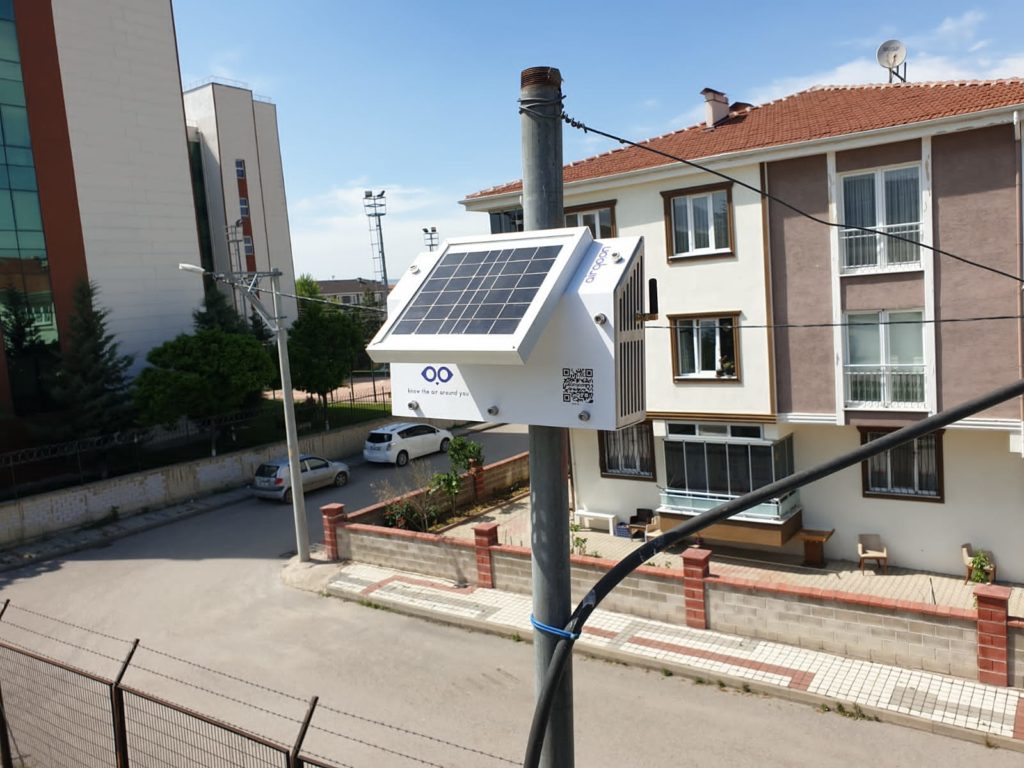Air pollution is one of the biggest threats to people’s health and a problem that is getting worse. Unfortunately, air quality monitoring networks are inadequate; thus, there is insufficient data on where and when air pollution is worse. This lack of information makes it difficult for cities to take action to improve their state of the environment.

The development of air sensors allows the air quality monitoring network to increase and expand while providing more spatial and temporal data opportunities to communities. At the same time, sensors offer an affordable alternative to reference stations. With low-cost air sensors, it is possible to eliminate blind spots in the city by maximizing monitoring coverage without exceeding the project’s defined budget.
Expanding the measurement network by integrating a supplementary system with the existing monitoring network ensures an accurate assessment of urban air quality. Numerous studies have shown that air quality varies significantly by suburban and street. Therefore, air quality can be improved by setting up a monitoring network in high-traffic areas to know when vehicle emissions reach dangerous levels and take action accordingly. In addition, the environmental impact of plant emissions can be measured with an air monitoring network installed around industrial facilities.
Using low-cost sensors that are easy to use and maintain, Airqoon helps its stakeholders with targeted installations to monitor environmental air pollution and provide new data and new information on urban basins. Urban air quality monitoring and mapping is an essential foundation for urban planning.









